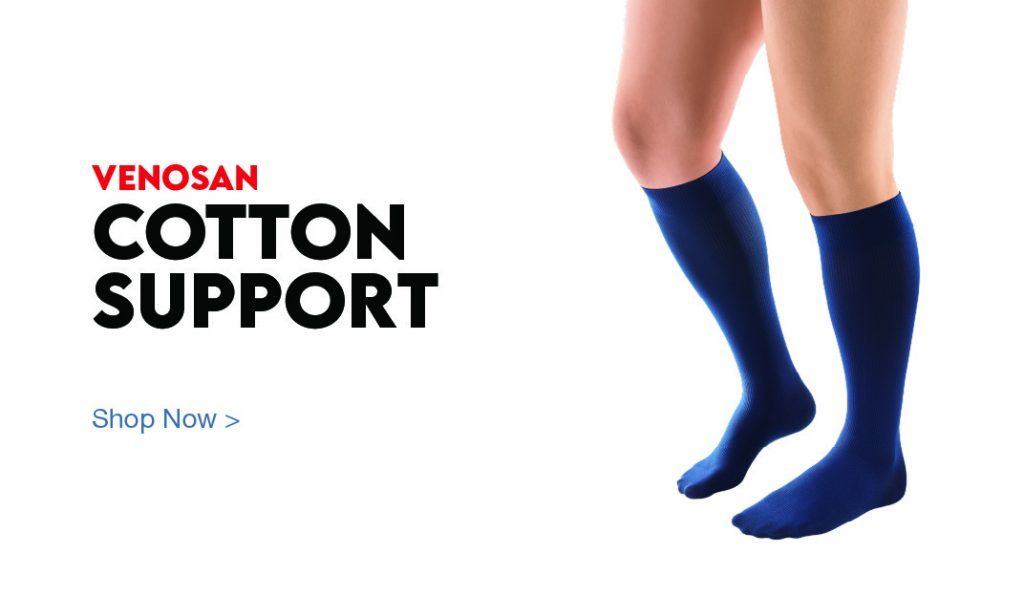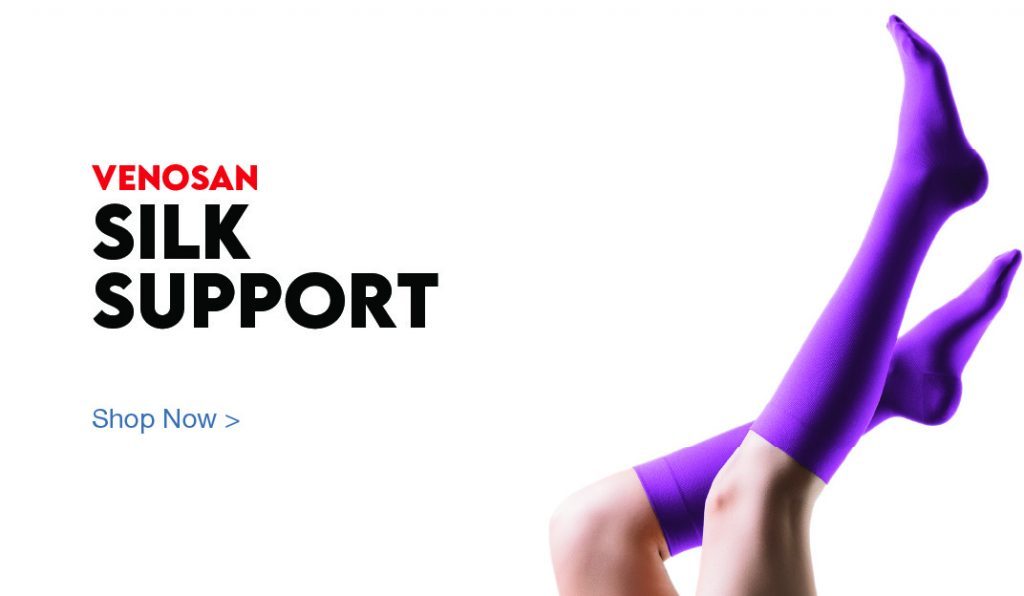Frequently Asked Questions About Compression Socks
Who Should Wear Compression Stockings?
Compression socks can benefit a wide range of people, including:
- Those with chronic venous insufficiency or varicose veins.
- Individuals recovering from surgery, especially knee, hip, or abdominal surgeries, where immobility might pose a risk of blood clots.
- Pregnant women who experience swelling and increased pressure on their veins.
- Athletes who want to enhance performance and reduce muscle fatigue.
- Office workers and those who stand for long periods, such as nurses, retail workers, and teachers.
- Travelers on long flights or car journeys to reduce the risk of DVT.
Types of Compression Socks
Compression socks come in various types, catering to different needs:
- Medical Compression Socks: Designed to manage medical conditions like varicose veins and DVT. Available in different pressure levels, such as 20-30 mmHg, these are often prescribed by healthcare providers.
- Support Hose & Support Stockings: These provide lighter compression and are ideal for those who need general support throughout the day.
- Medical Grade Compression Socks: These are higher-pressure socks, such as 20-30 mmHg or even 30-40 mmHg, used for more serious conditions or post-surgery recovery.
- Knee-High Compression Stockings: These cover the lower leg and are popular for everyday wear, especially among men and women looking for comfort and support during work or sports.
- Thigh-High Compression Stockings: Offer more extensive support, ideal for individuals who need pressure applied above the knee, such as during post-surgery recovery or for severe varicose veins.
20-30 mmHg Compression Socks: The Gold Standard
When searching for compression socks, you’ll often see a number like 20-30 mmHg. This measurement indicates the level of pressure applied. A rating of 20-30 mmHg is commonly recommended for managing varicose veins, DVT, and for use during air travel to prevent blood clots. These socks offer enough compression to be effective without being too tight, making them suitable for both men and women. They strike a balance between providing therapeutic pressure and being comfortable for all-day wear.
Compression Socks for Varicose Veins
Varicose veins are a common issue, especially as people age or due to factors like pregnancy, obesity, or prolonged standing. Compression stockings for varicose veins help by providing the extra pressure needed to support blood flow, reducing the swelling and discomfort often associated with this condition. For best results, many people opt for knee-high compression stockings or thigh-high compression socks. These options help relieve the heaviness, discomfort, and visible swelling associated with varicose veins, improving leg health and appearance.
How Tight Should Compression Socks Be?
One of the common questions users have is about the fit of compression socks. How tight should compression socks be? Ideally, compression socks should feel snug but not overly tight. If you experience discomfort, numbness, or tingling, your socks might be too tight. On the other hand, if the socks slide down or feel loose, they are not providing the needed pressure. Proper measurement of calf and ankle circumference can ensure the best fit.
How Long Does It Take for Compression Socks to Work?
The effects of compression socks can be felt quite quickly, with many users noticing reduced leg pain and swelling after just a few hours of wear. For conditions like DVT or post-surgery recovery, it’s best to wear them as directed by a healthcare provider, which may involve wearing them throughout the day. Consistent daily use can contribute to longer-term improvements in circulation and vein health.
Can Compression Socks Be Too Tight?
Yes, compression socks can be too tight if not properly fitted. When selecting a pair, it’s crucial to consider the correct size and compression level based on your leg measurements. A medical professional can help you find the right fit, especially if you need medical grade compression stockings. Wearing socks that are too tight can lead to skin irritation and discomfort, defeating their therapeutic purpose.
Why Do My Legs Ache After Wearing Compression Socks?
If your legs ache after wearing compression socks, it might be due to improper sizing or wearing them for too long. Support hose and support stockings should feel comfortable and not overly restrictive. It’s also important to take them off periodically to allow your skin to breathe. If pain persists, it’s advisable to consult with a healthcare provider to adjust the compression level or fit.
How should I care for my compression socks?
Wash them regularly with mild detergent to maintain elasticity. Avoid using hot water or putting them in the dryer.
Are there any side effects of wearing compression socks?
When properly fitted, compression socks are safe. However, if they are too tight or worn for too long, they can cause skin irritation or discomfort.
Can I wear compression socks while sleeping?
Compression socks are generally not recommended for wear during sleep unless directed by a doctor. They are most effective when you’re upright and active.



